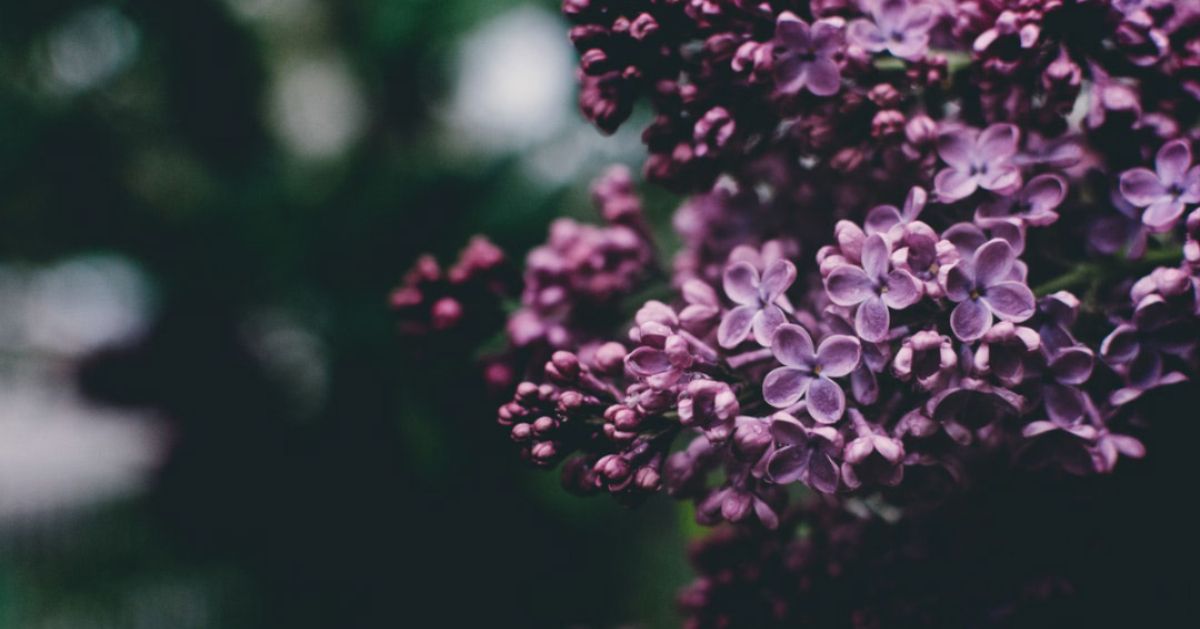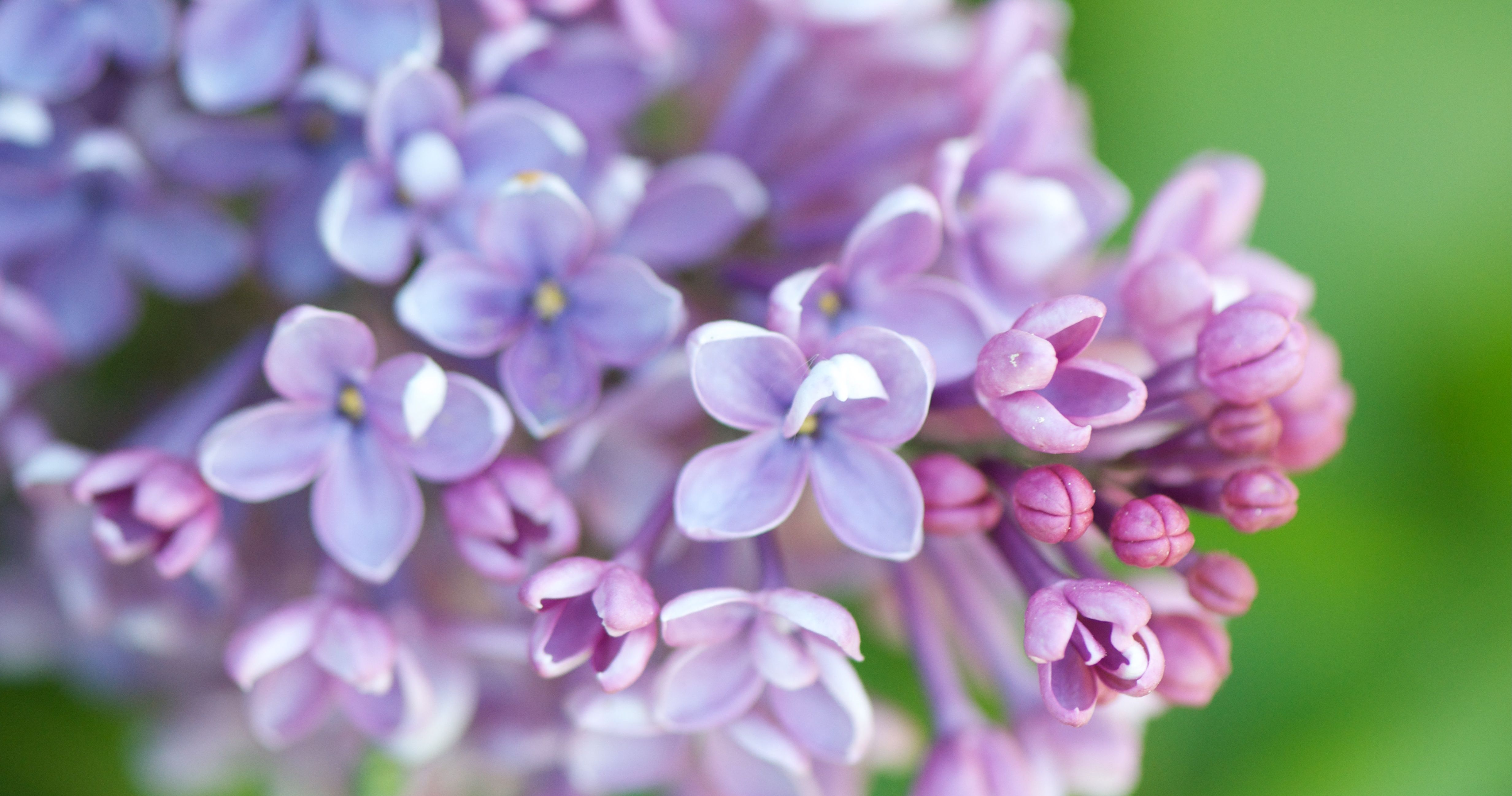The lilac is known as the "Queen of Shrubs". Its beauty certainly warrants this title.
I have always loved the smell of lilacs and for me it has always certainly been a sign that spring is here and summer is coming. It reminds me of my grandmother's home as she had a bush right beside her living room window.
A little bit of history:
Lilacs have a deep rooted history that starts in ancient Greek mythology. The story goes as follows:
It was said that Pan, the god of forests and fields was hopelessly in love with a nymph named Syringa. One day he was pursuing her through a forest and, afraid of his advances, she turned herself into a lilac shrub to disguise herself. To Pan's surprise, he could not find Syringa, but he did find the shrub. Because a lilac shrub consists of hollow reeds, he cut the reeds and created the first pan pipe. The scientific name for lilac is Syringa vulgaris, and the name is derived from the Greek word "syrinks" which means pipe.
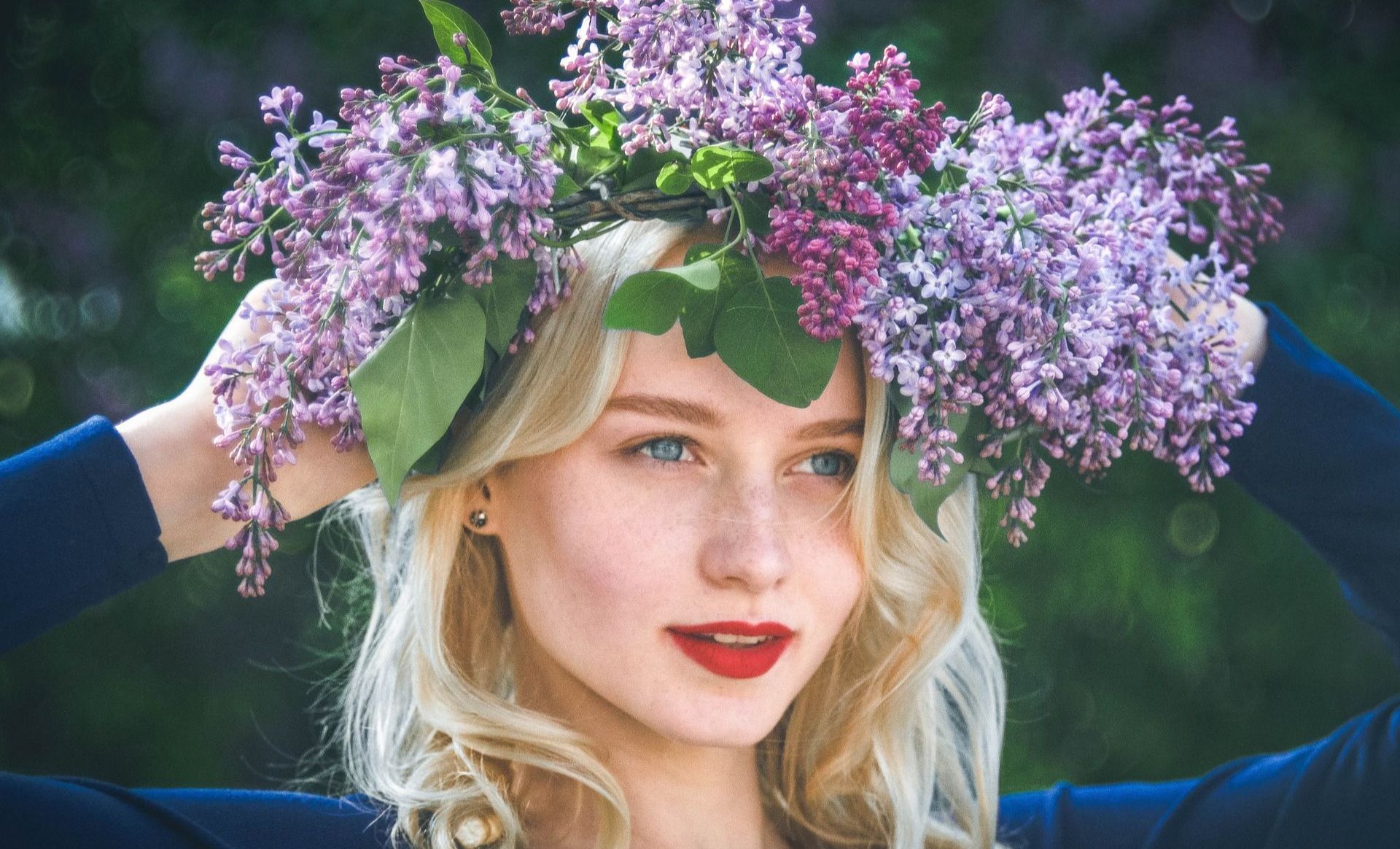
The common name, lilac, was borrowed from the French and Spanish word of the same name. Similarly, the Arabic word for this flower is "lilak". The word lilac refers to the light purple color of its flowers.
1. There are over 1,000 varieties of lilacs.
In addition to the cultivated species of lilacs, there are many more hybrids, and over 1,000 total varieties of Lilac bushes (along with a few varieties of actual trees). They are arranged in many different colors such as: white, violet, lavender, pink, magenta and purple. They also vary in size from 4 to 8 foot plants to certain species that can grow to reach 30 feet in height. So you should be able to find the one that fits your needs.
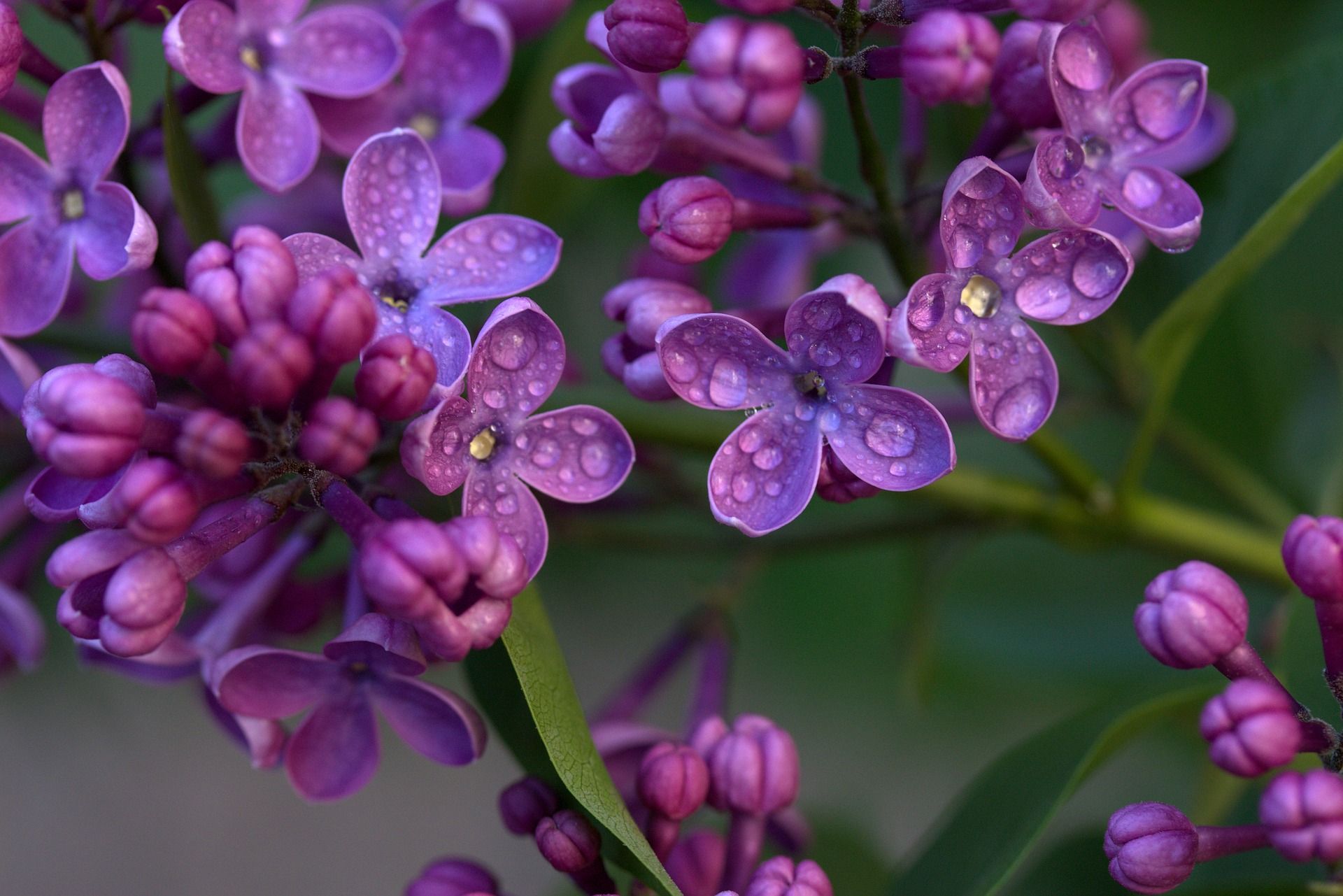
2. Different colors have different meanings.
The white lilac is said to signify purity and innocence.
The violet lilac is said to signify spirituality.
The blue lilac is said to represent happiness and tranquility.
The magenta lilac is said to signify love and passion.

3.The tree lilac, Syringa reticulata, can grow to 25 feet tall.
Tree lilacs are relatively small, at most about 20 to 30 feet tall and 15 to 25 feet wide.
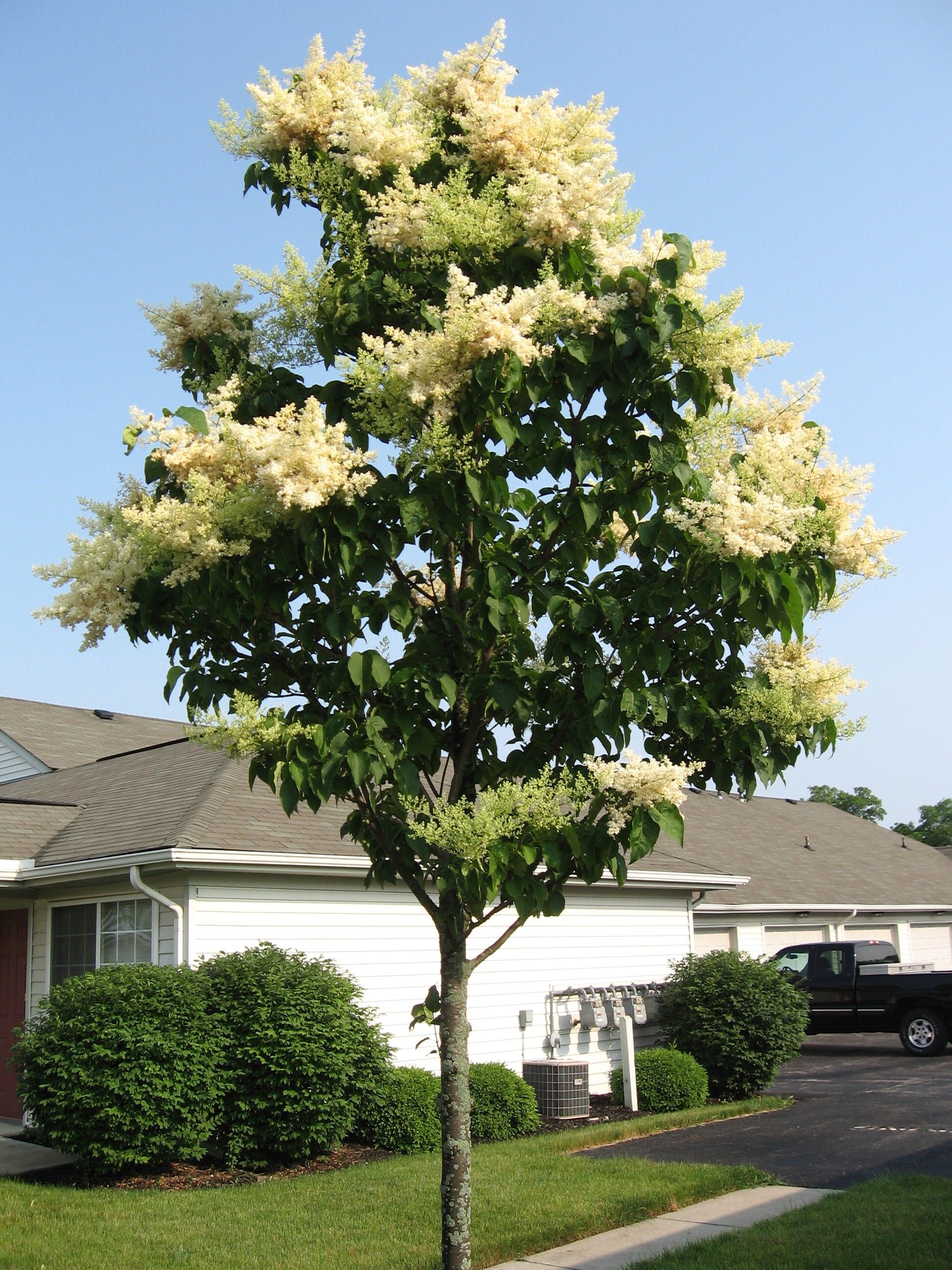
4. Lilacs bloom in late winter to early spring and last only about two weeks.
Unfortunately, flower blooms only last for about a two-week period, but their fragrance and beauty make the effort worthwhile. The blooming period can be extended by choosing several species or varieties of lilacs that flower at different times.
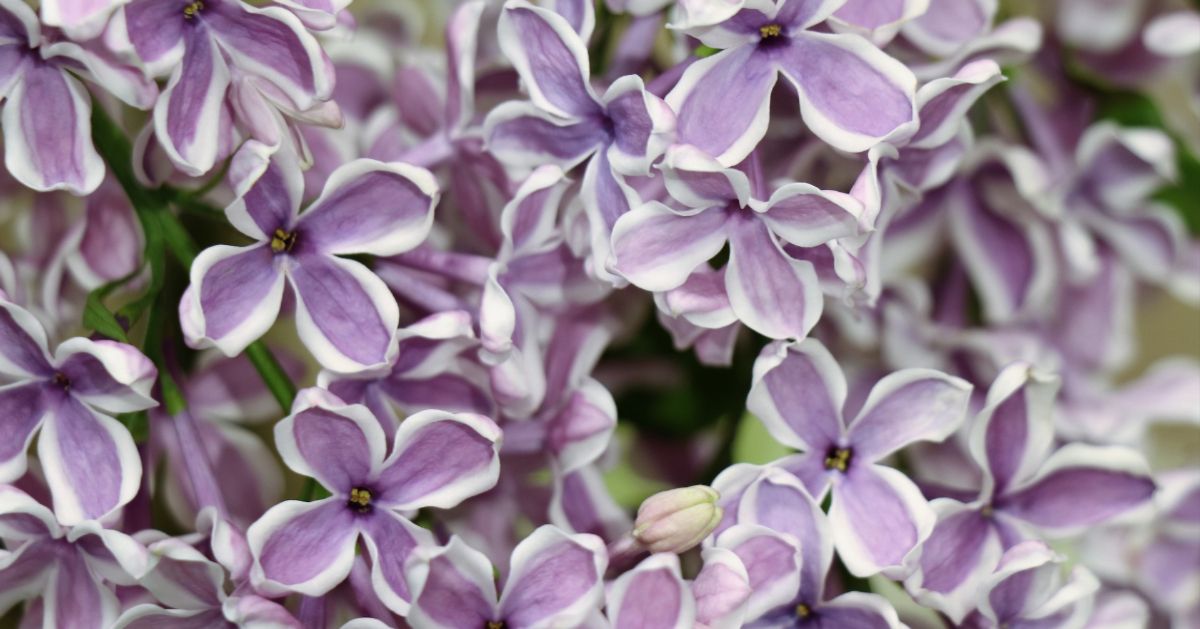
5. Lilacs belong to the same family as the olive.
The lilac belongs to the olive family (Oleaceae), which is distinguished by having plants with flower parts in multiples of twos. This family includes olive trees, forsythia and jasmine.
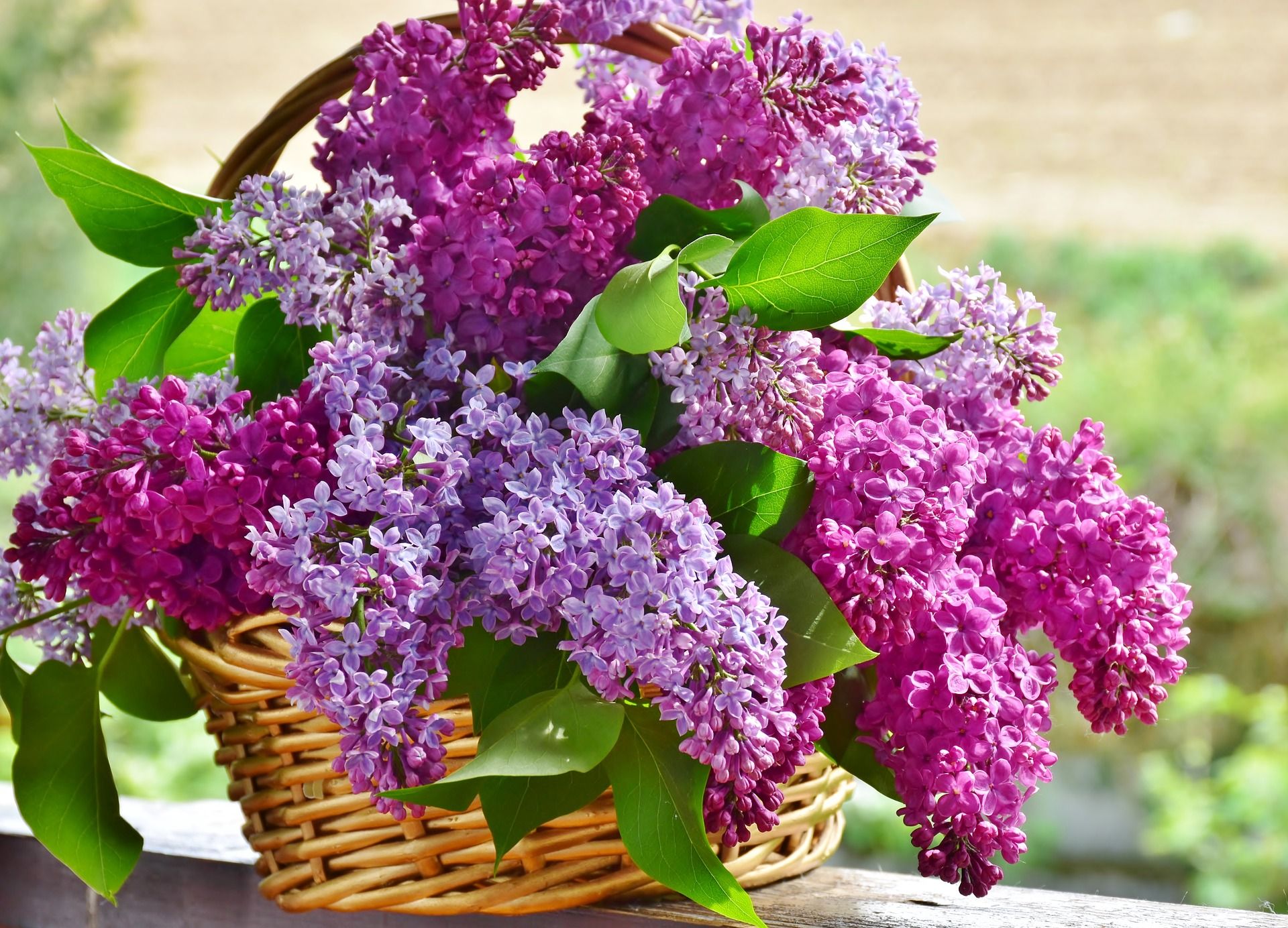
6. The lilac is the state flower of New Hampshire.
According to State Symbols USA New Hampshire designated the purple lilac as the official state flower in 1919. The apple blossom, purple aster, wood lily, mayflower, goldenrod, wild pasture rose, evening primrose and buttercup were all considered, but the purple lilac was chosen because it symbolizes the hardy character of the men and women of the Granite State.
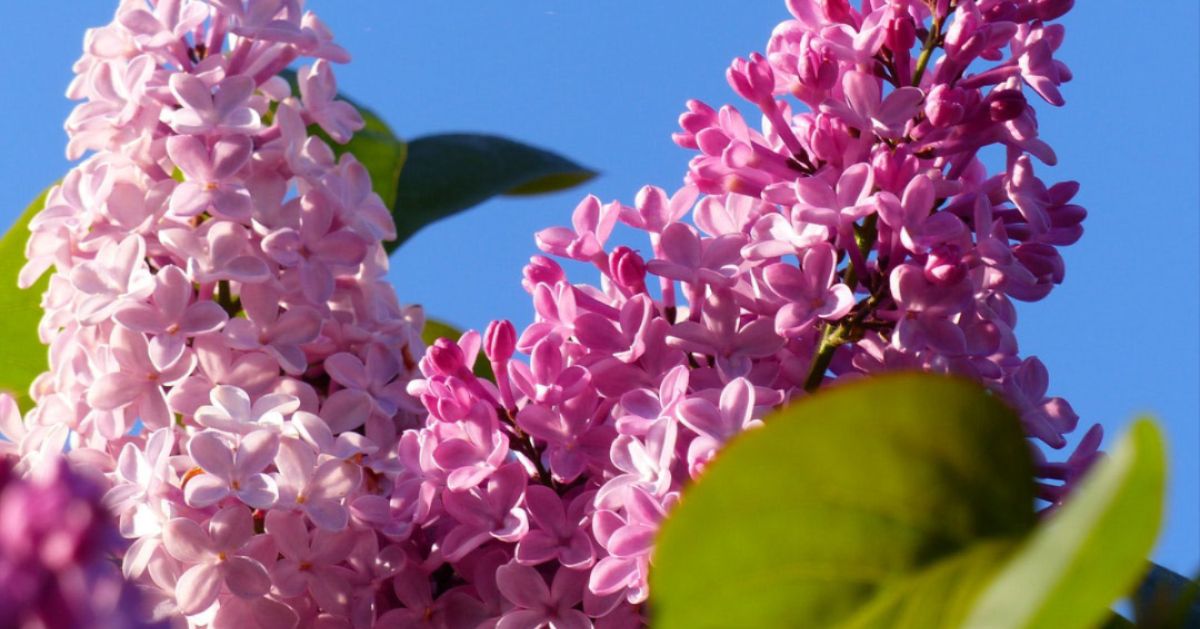
7. Lilacs are used in soaps, perfumes and other cosmetics.
Due to their pleasant fragrance, lilacs have become a popular ingredient in perfumes and cosmetics. When used as an essential oil, they have been known to treat skin disorders, combat bacterial and fungal infections, prevent stomach disorders, and act as a fever reducer. In aromatherapy, lilacs can help fight depression and increase relaxation.
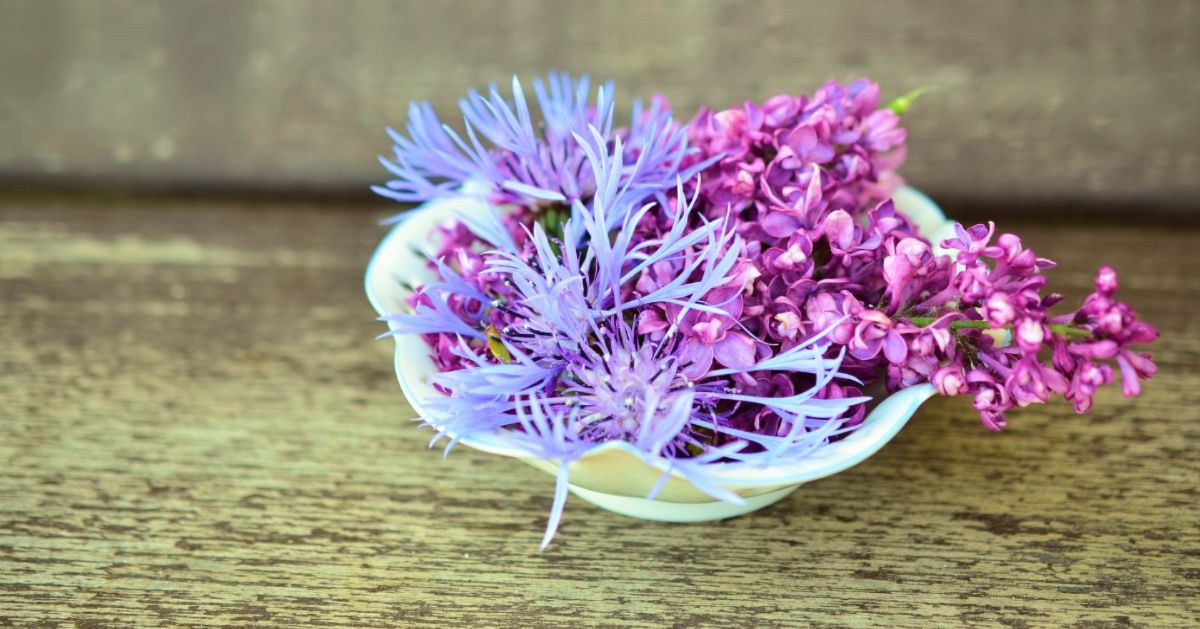
8. Lilacs are edible.
Apparently they make a unique and lovely addition to many recipes. Eating the flowers raw may help with gastric issues such as flatulence or constipation.
The lovely blooms add a light floral flavor and beautiful decorative touch to cakes which is exactly how Homespun Seasonal Living came to make this lilac honey cake.
9. Different colors and temperatures make different scents.
As I read on NDSU, The fragrance of Lilacs varies widely with species and cultivar. Even on the same plant, the fragrance depends upon the stage of bloom, time of day and temperature. The fragrance is strongest on warm, sunny afternoons when the florets are fully open. The amount of fragrance also depends on the cultivar. Small, dark, single florets usually are more fragrant than larger, lighter, double florets, but there can be exceptions.
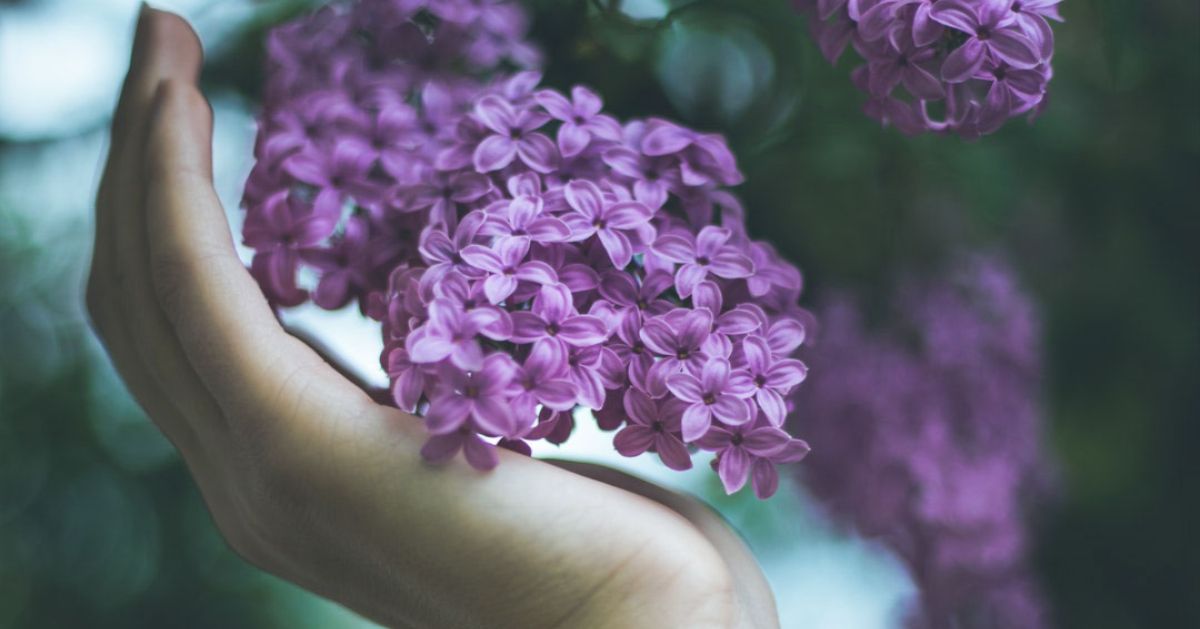
10. George Washington wrote about lilacs.
When you plant a lilac in your garden you are choosing a shrub that is part of this country's history. In 1767, for example, Thomas Jefferson recorded his method of planting lilacs in his garden book, and on March 3, 1785, George Washington noted that he had transplanted existing lilacs in his garden. The oldest living lilacs in North America may be those at the Governor Wentworth estate in Portsmouth, N.H., believed to have been planted around 1750.
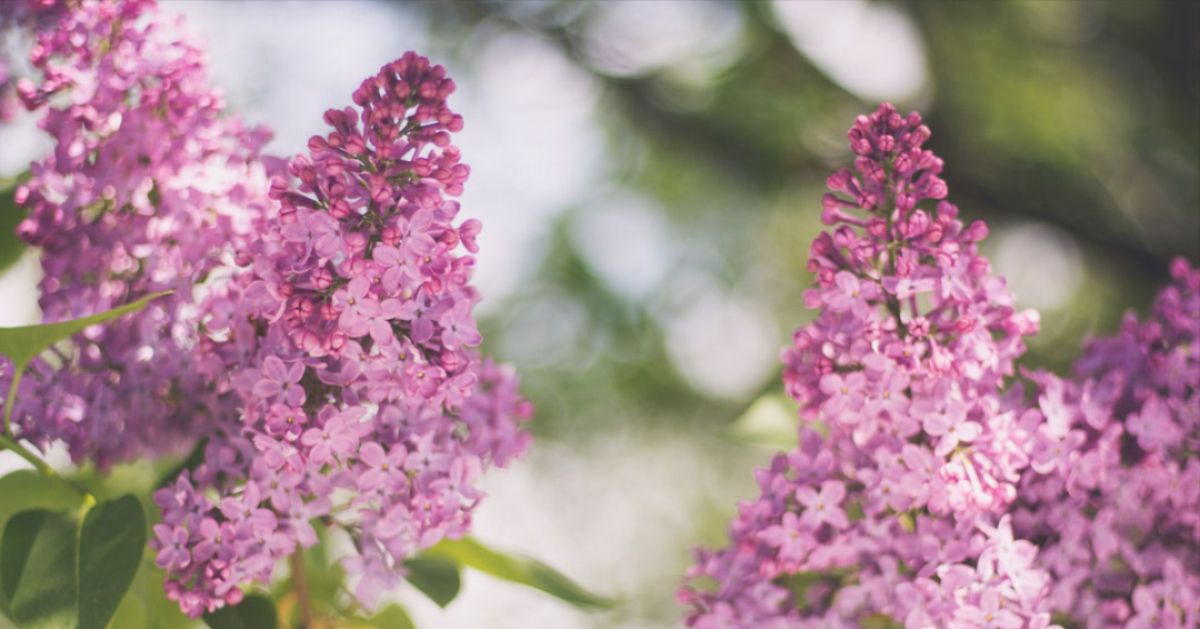
Lilacs were associated with mourning.
The color lilac used to be associated with mourning. Black was worn or used to symbolize a recent death in some European and North American cultures. But after a year of mourning, key mourners, such as the widow, could switch to lilac for clothing, the border on stationary, etc. This is mostly an older use, such as in the late 1800s.
